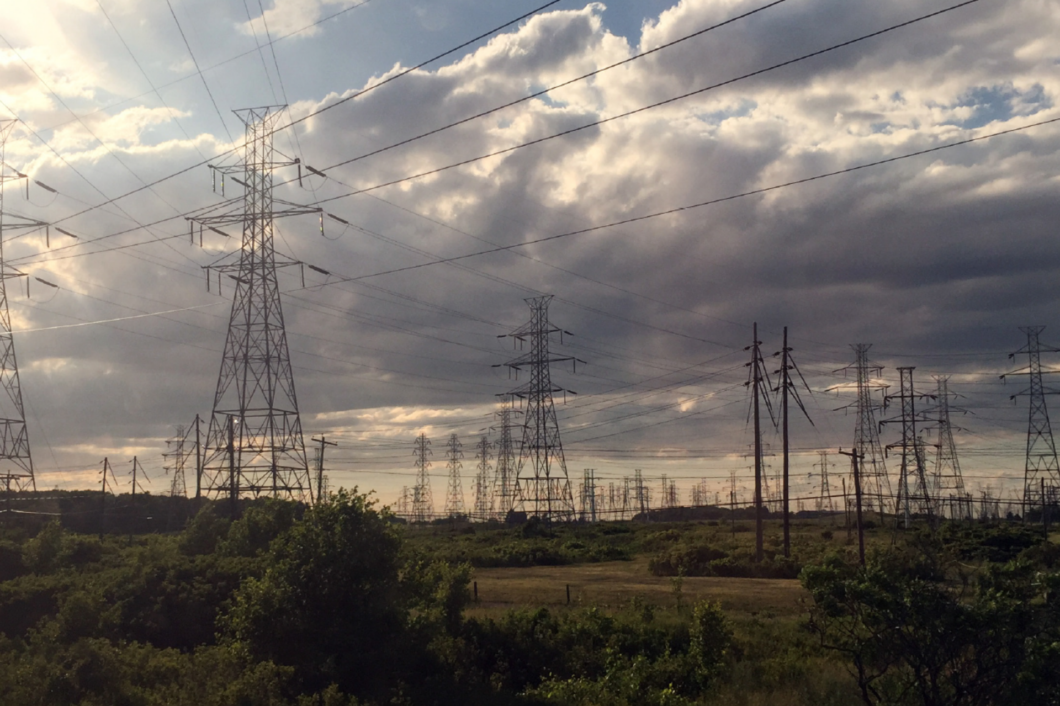In response to the growing climate emergency, countries around the world are setting targets for net-zero emissions. Decarbonizing the grid is an important component of supporting net-zero economies. In fact, the latest analysis by the International Energy Agency (IEA) concludes that developed countries need to achieve a net-zero grid by 2035 to keep global warming within safe limits.
Canada has a legislated commitment to achieve net-zero greenhouse gas (GHG) emissions by 2050. This will require pursuing several deep decarbonization pathways including electrification of end uses such as transportation and heating buildings. A study by the Canadian Institute for Climate Choices found that all paths to net-zero emissions required more electricity — anywhere from 38% to 70% more from 2018 levels. Even though electricity currently produces only 12% of Canada’s emissions, decarbonizing electricity grids is essential as more sectors make the switch from fossil fuels. Canada’s current goal is to generate 90% of electricity from emissions-free sources by 2030 and net-zero before 2050.
Several Canadian provinces are at a planning crossroads right now as they phase out coal-fired generation. A total of 8,928 million watts (MW) of coal capacity will be retired from Alberta, Saskatchewan, Nova Scotia, and New Brunswick. As provinces and utilities move to replace this capacity, they will make critical infrastructure investment decisions that will shape the electricity sector — and its greenhouse gas emissions — for decades to come.
Current government projections show that with the policies currently in place, Canada will not achieve its target of a 90% emissions-free grid by 2030. Earnest efforts are needed at the provincial and federal levels if the country is to ensure decarbonization of its electricity grid.
Components of a decarbonized grid
Canada needs a reliable, affordable, accessible, and emissions-free electricity grid that can support electrification of other sectors. A grid requires assets and technologies that can provide reliable energy services and ensure the stability and security of the grid. A portfolio of solutions needs to be deployed including:
- Renewable energy (hydro, wind, solar, etc.) to provide zero-carbon energy
- Energy efficiency to reduce how much electricity is needed
- Demand response to match when electricity is needed with when it is available
- More transmission lines to connect provincial grids in a way that allows clean energy sources such as hydro, wind, and solar to work together at a large scale
- Storage including lithium ion batteries, pumped hydro, compressed air, along with technologies still in development such as flow batteries, supercapacitors, and clean hydrogen.
Other technologies like small modular nuclear reactors, natural gas with carbon capture, and geothermal may also have a role to play but are currently either too expensive or not yet mature.
The role of transmission lines
Connecting provincial grids is essential to make the best use of the clean electricity resources available in each province, allowing renewable energy to be developed in areas with the best conditions and distributed elsewhere. New transmission is also expected to lower the costs of “deep decarbonization.” This is particularly true in a country like Canada where some jurisdictions have plentiful hydroelectric resources while others have abundant wind and solar resources. However, currently more electricity flows between Canadian provinces and American states than between Canadian provinces.
Accelerating transmission between provinces: Policy considerations and next steps
Decarbonizing Canada’s economy by 2050 requires federal and provincial governments alike to move quickly to reduce emissions from the electricity sector. That starts with committing to achieve a net-zero grid by 2035 to align with the IEA.
Broad policies and measures are all key to accelerating available supply of clean electricity to meet growing demand across Canada. One pivotal measure (but by no means the only measure required) to address the supply side of the clean electricity equation is interprovincial connections between electricity grids. However, significant on-the-ground work is needed to secure strong environmental outcomes and community support for the large infrastructure projects needed to deliver the clean electricity that is the key to decarbonizing Canada’s economy. Progress toward this goal requires consideration of the following:
- The business case for transmission projects requires strong policies and regulations, including a coal phase-out that proceeds on or ahead of the original schedule, and a predictable, ambitious carbon pricing policy that provides the policy and investment certainty needed for projects to proceed.
- Successful design of practical and economically beneficial ways to increase interconnections between jurisdictions depends on evidence-based analysis and then regional conversations about how to proceed. The federal government can play an important role continuing to support regional integration studies and convening regional dialogues.
- Large infrastructure projects will face scrutiny, including those designed to significantly lower emissions. Success depends on informing, engaging and securing participation of stakeholders to understand and then address their concerns. Governments should support meaningful engagement and participation by stakeholders to ensure interprovincial connections can contribute to meeting energy needs and achieving climate goals.
- All new electricity plants and infrastructure projects should continue to be rigorously evaluated on their environmental impacts, including their life cycle carbon emissions.
Canada’s federal governments have taken important steps toward decarbonizing electricity. Both federal and provincial governments should collaborate to build interties between provinces to accelerate the drive to quickly and fully decarbonize electricity grids and Canada’s economy.

